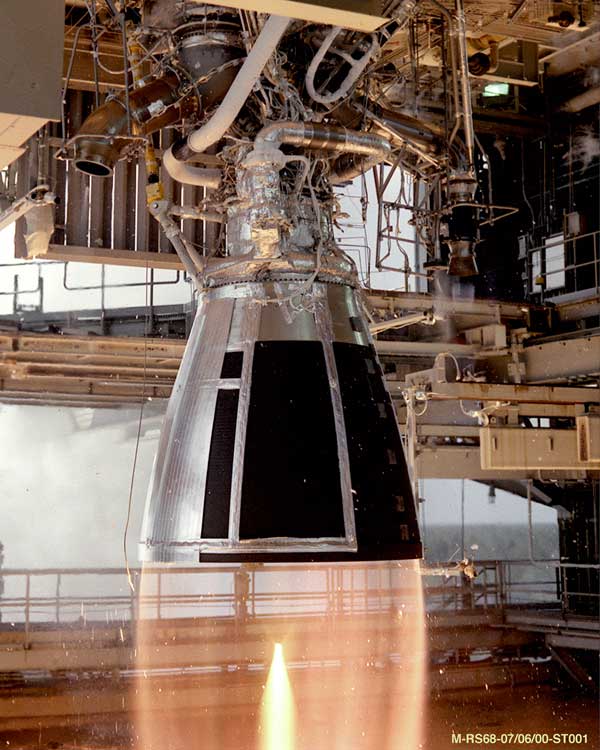|
Characteristic Length
In physics, a characteristic length is an important dimension that defines the scale of a physical system. Often, such a length is used as an input to a formula in order to predict some characteristics of the system, and it is usually required by the construction of a dimensionless quantity, in the general framework of dimensional analysis and in particular applications such as fluid mechanics. In computational mechanics, a characteristic length is defined to force localization of a stress softening constitutive equation. The length is associated with an integration point. For 2D analysis, it is calculated by taking the square root of the area. For 3D analysis, it is calculated by taking the cubic root of the volume associated to the integration point. Examples A characteristic length is usually the volume of a system divided by its surface: L_c = \frac For example, it is used to calculate flow through circular and non-circular tubes in order to examine flow conditions (i.e ... [...More Info...] [...Related Items...] OR: [Wikipedia] [Google] [Baidu] |
Dimensionless Quantity
Dimensionless quantities, or quantities of dimension one, are quantities implicitly defined in a manner that prevents their aggregation into unit of measurement, units of measurement. ISBN 978-92-822-2272-0. Typically expressed as ratios that align with another system, these quantities do not necessitate explicitly defined Unit of measurement, units. For instance, alcohol by volume (ABV) represents a volumetric ratio; its value remains independent of the specific Unit of volume, units of volume used, such as in milliliters per milliliter (mL/mL). The 1, number one is recognized as a dimensionless Base unit of measurement, base quantity. Radians serve as dimensionless units for Angle, angular measurements, derived from the universal ratio of 2π times the radius of a circle being equal to its circumference. Dimensionless quantities play a crucial role serving as parameters in differential equations in various technical disciplines. In calculus, concepts like the unitless ratios ... [...More Info...] [...Related Items...] OR: [Wikipedia] [Google] [Baidu] |
Fluid Mechanics
Fluid mechanics is the branch of physics concerned with the mechanics of fluids (liquids, gases, and plasma (physics), plasmas) and the forces on them. Originally applied to water (hydromechanics), it found applications in a wide range of disciplines, including mechanical engineering, mechanical, aerospace engineering, aerospace, civil engineering, civil, chemical engineering, chemical, and biomedical engineering, as well as geophysics, oceanography, meteorology, astrophysics, and biology. It can be divided into ''fluid statics'', the study of various fluids at rest; and ''fluid dynamics'', the study of the effect of forces on fluid motion. It is a branch of ''continuum mechanics'', a subject which models matter without using the information that it is made out of atoms; that is, it models matter from a macroscopic viewpoint rather than from microscopic. Fluid mechanics, especially fluid dynamics, is an active field of research, typically mathematically complex. Many problems a ... [...More Info...] [...Related Items...] OR: [Wikipedia] [Google] [Baidu] |
Reynolds Number
In fluid dynamics, the Reynolds number () is a dimensionless quantity that helps predict fluid flow patterns in different situations by measuring the ratio between Inertia, inertial and viscous forces. At low Reynolds numbers, flows tend to be dominated by laminar flow, laminar (sheet-like) flow, while at high Reynolds numbers, flows tend to be turbulence, turbulent. The turbulence results from differences in the fluid's speed and direction, which may sometimes intersect or even move counter to the overall direction of the flow (Eddy (fluid dynamics), eddy currents). These eddy currents begin to churn the flow, using up energy in the process, which for liquids increases the chances of cavitation. The Reynolds number has wide applications, ranging from liquid flow in a pipe to the passage of air over an aircraft wing. It is used to predict the transition from laminar–turbulent transition, laminar to turbulent flow and is used in the scaling of similar but different-sized fl ... [...More Info...] [...Related Items...] OR: [Wikipedia] [Google] [Baidu] |
Wetted Perimeter
Wetting is the ability of a liquid to displace gas to maintain contact with a solid surface science, surface, resulting from intermolecular interactions when the two are brought together. These interactions occur in the presence of either a gaseous phase or another liquid phase not miscible with the wetting liquid. The degree of wetting (wettability) is determined by a force balance between adhesion, adhesive and cohesion (chemistry), cohesive forces. There are two types of wetting: non-reactive wetting and reactive wetting. Wetting is important in the Chemical bond, bonding or adhesion, adherence of two materials. The wetting power of a liquid, and surface forces which control wetting, are also responsible for related effects, including capillary action, capillary effects. Surfactants can be used to increase the wetting power of liquids such as water. Wetting has gained increasing attention in nanotechnology and nanoscience research, following the development of nanomaterials ... [...More Info...] [...Related Items...] OR: [Wikipedia] [Google] [Baidu] |
Rocket Engine
A rocket engine is a reaction engine, producing thrust in accordance with Newton's third law by ejecting reaction mass rearward, usually a high-speed Jet (fluid), jet of high-temperature gas produced by the combustion of rocket propellants stored inside the rocket. However, non-combusting forms such as cold gas thrusters and nuclear thermal rockets also exist. Rocket vehicles carry their own oxidiser, unlike most combustion engines, so rocket engines can be used in a vacuum, and they can achieve great speed, beyond escape velocity. Vehicles commonly propelled by rocket engines include missiles, Rocket-assisted projectile, artillery shells, ballistic missiles and rockets of any size, from tiny Rocket (firework), fireworks to Rocket (weapon), man-sized weapons to huge Space vehicle, spaceships. Compared to other types of jet engine, rocket engines are the lightest and have the highest thrust, but are the least propellant-efficient (they have the lowest specific impulse). The ideal ... [...More Info...] [...Related Items...] OR: [Wikipedia] [Google] [Baidu] |
De Laval Nozzle
A de Laval nozzle (or convergent-divergent nozzle, CD nozzle or con-di nozzle) is a tube which is pinched in the middle, with a rapid convergence and gradual divergence. It is used to accelerate a compressible fluid to supersonic speeds in the axial (thrust) direction, by converting the thermal energy of the flow into kinetic energy. De Laval nozzles are widely used in some types of steam turbines and rocket engine nozzles. It also sees use in supersonic jet engines. Similar flow properties have been applied to jet streams within astrophysics. History Giovanni Battista Venturi designed converging-diverging tubes known as Venturi tubes for experiments on fluid pressure reduction effects when fluid flows through chokes ( Venturi effect). German engineer and inventor Ernst Körting supposedly switched to a converging-diverging nozzle in his steam jet pumps by 1878 after using convergent nozzles but these nozzles remained a company secret. Later, Swedish engineer Gustaf de Lav ... [...More Info...] [...Related Items...] OR: [Wikipedia] [Google] [Baidu] |
Physical Constants
A physical constant, sometimes fundamental physical constant or universal constant, is a physical quantity that cannot be explained by a theory and therefore must be measured experimentally. It is distinct from a mathematical constant, which has a fixed numerical value, but does not directly involve any physical measurement. There are many physical constants in science, some of the most widely recognized being the speed of light in vacuum ''c'', the gravitational constant ''G'', the Planck constant ''h'', the electric constant ''ε''0, and the elementary charge ''e''. Physical constants can take many dimensional analysis, dimensional forms: the speed of light signifies a maximum speed for any object and its Dimensional analysis, dimension is length divided by time; while the proton-to-electron mass ratio is dimensionless. The term "fundamental physical constant" is sometimes used to refer to universal-but-dimensioned physical constants such as those mentioned above. Increasingly, ... [...More Info...] [...Related Items...] OR: [Wikipedia] [Google] [Baidu] |


